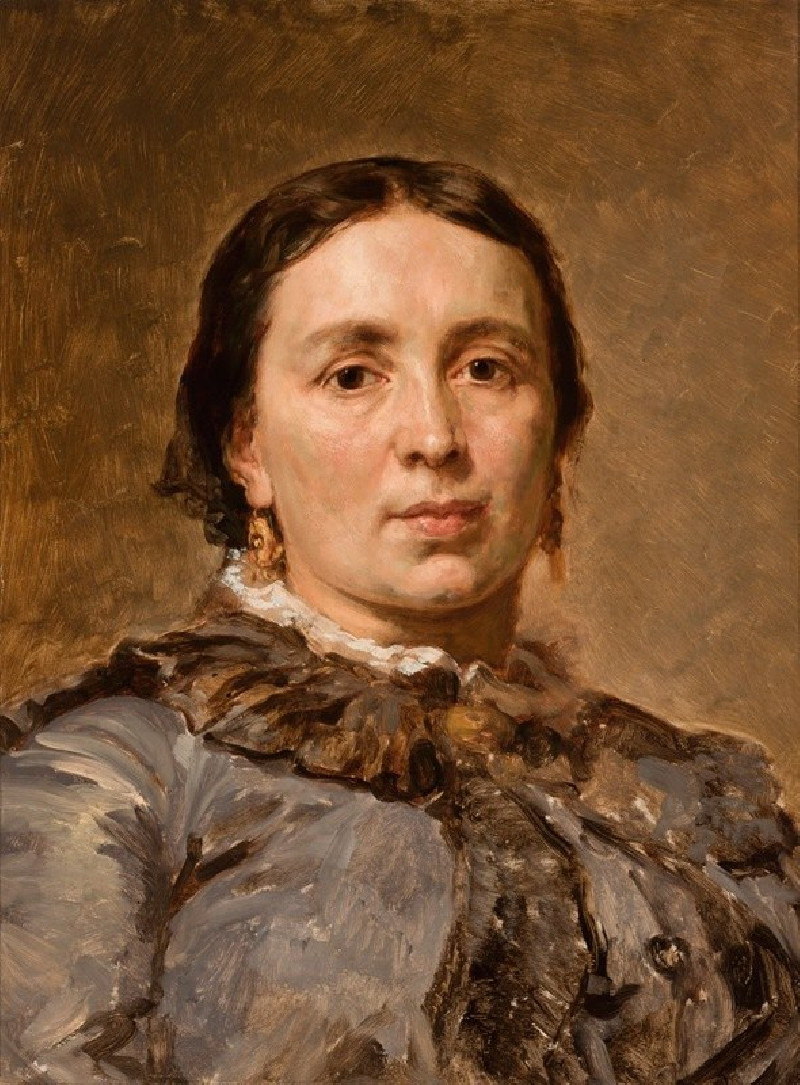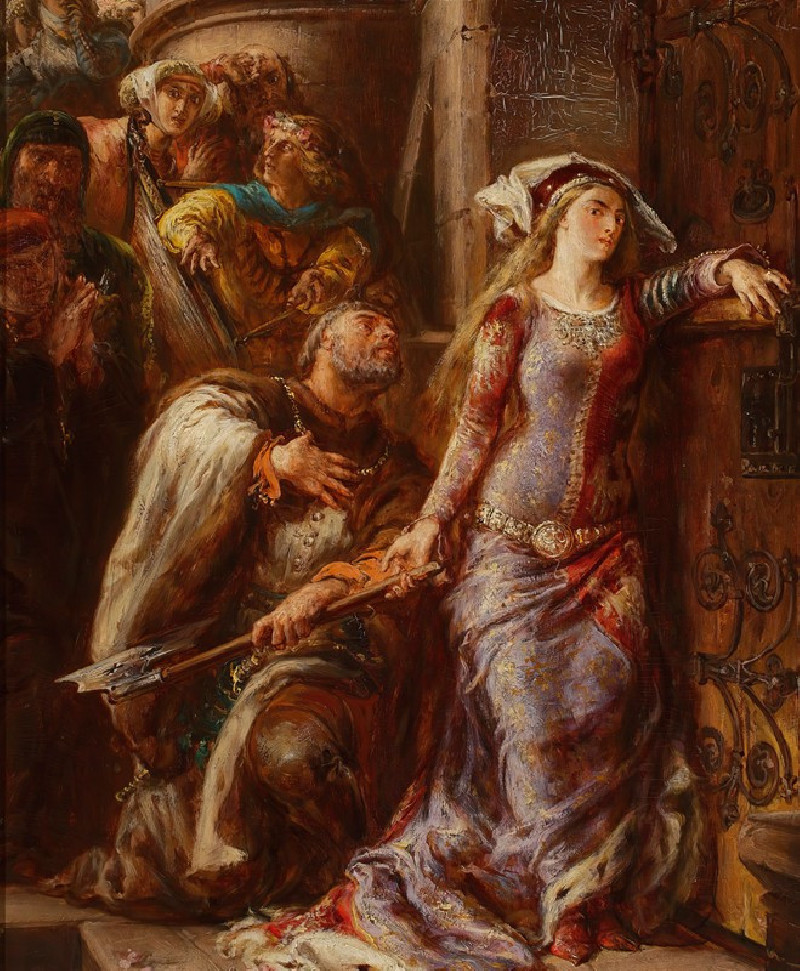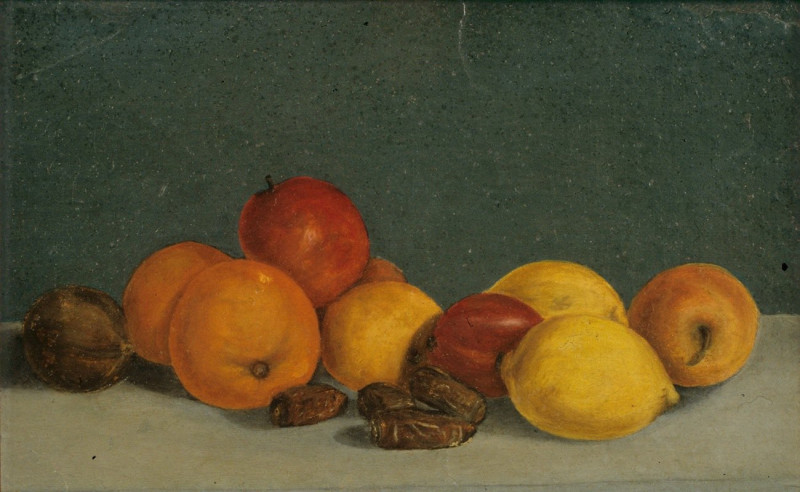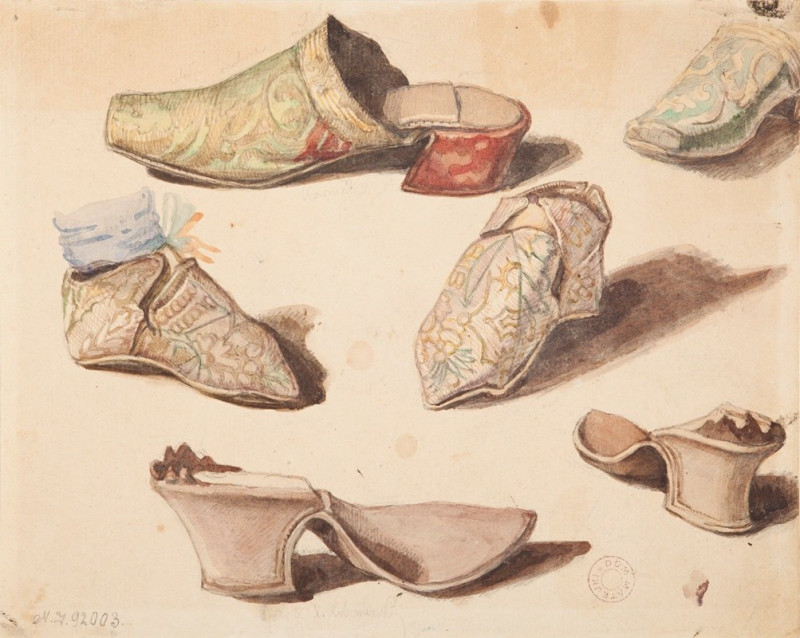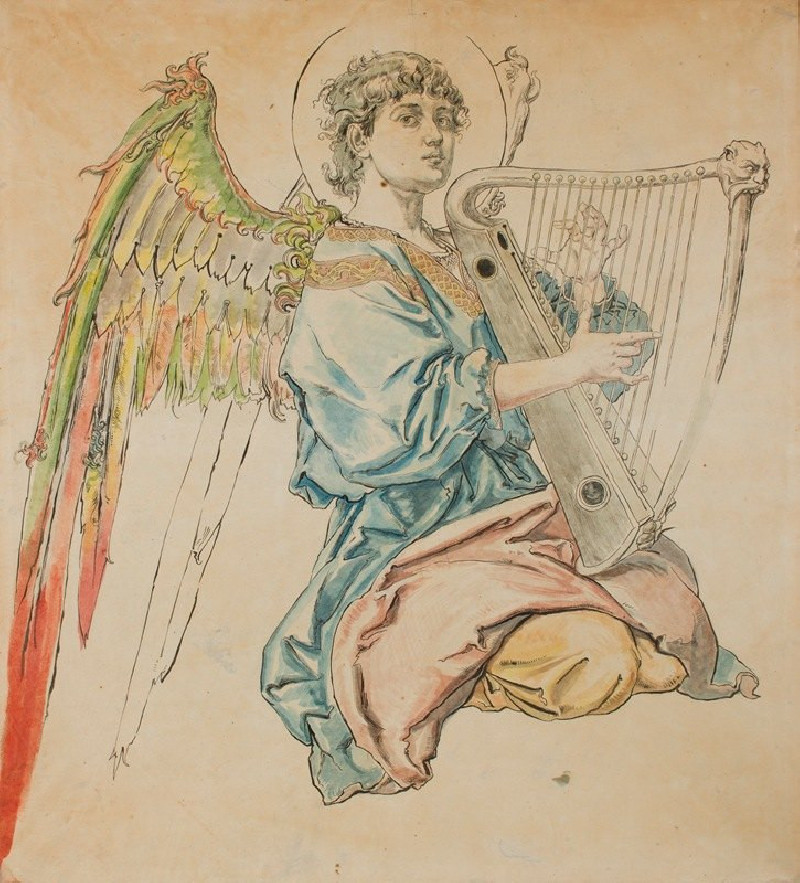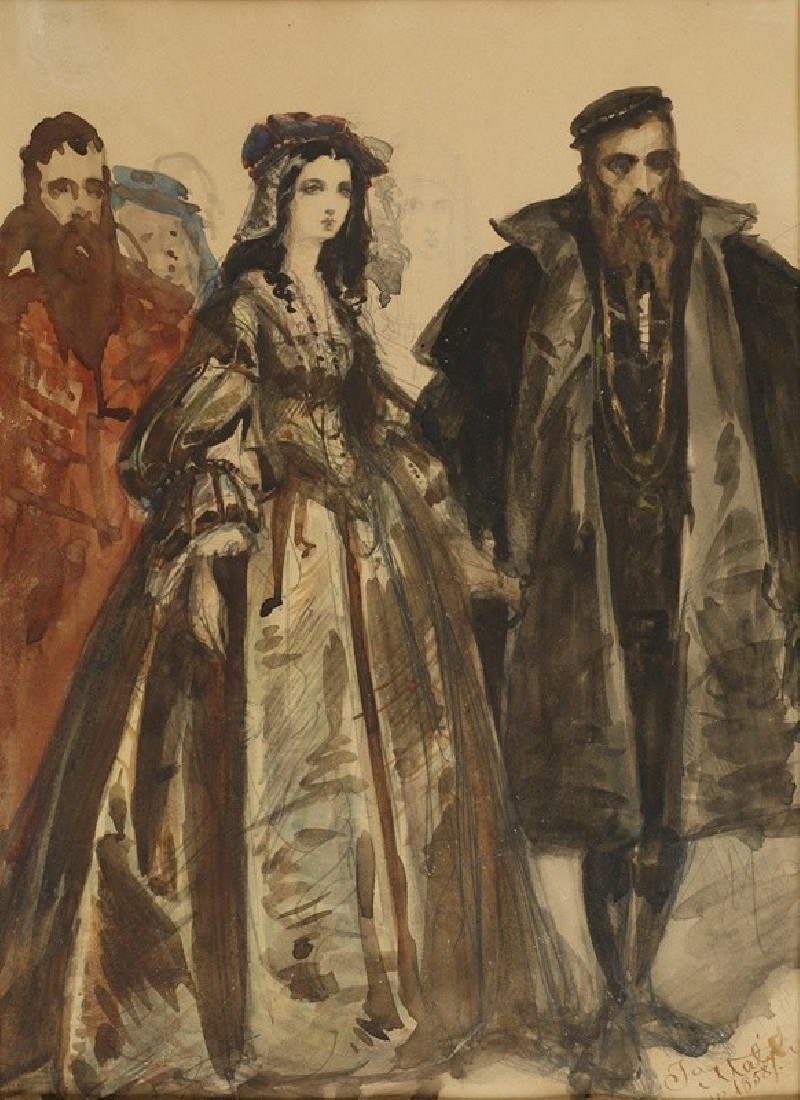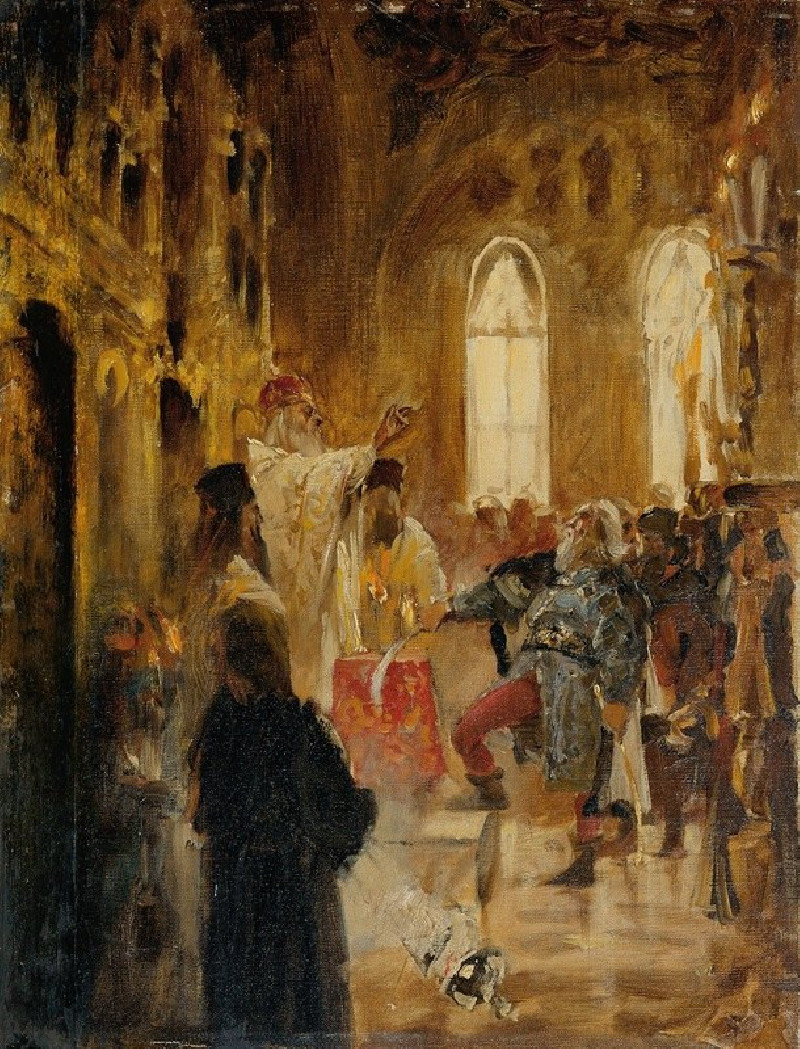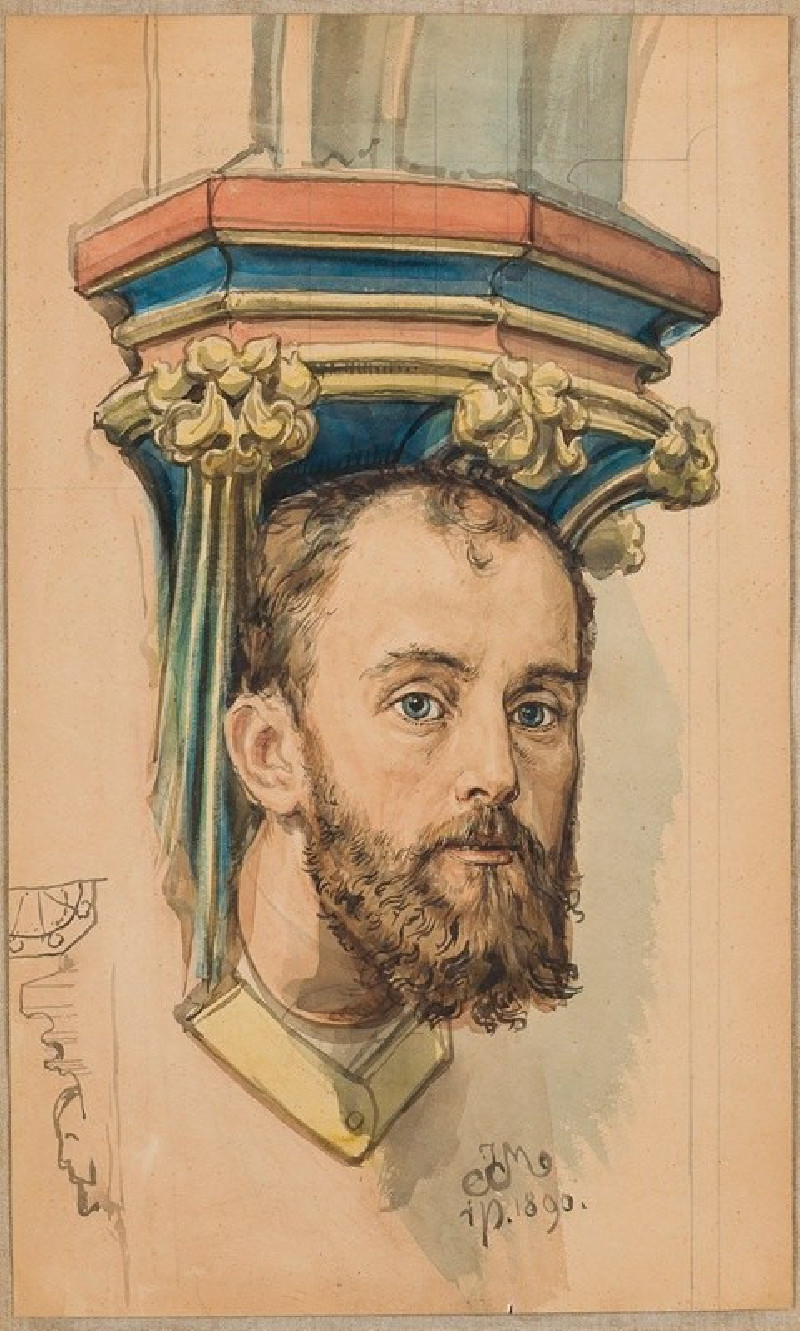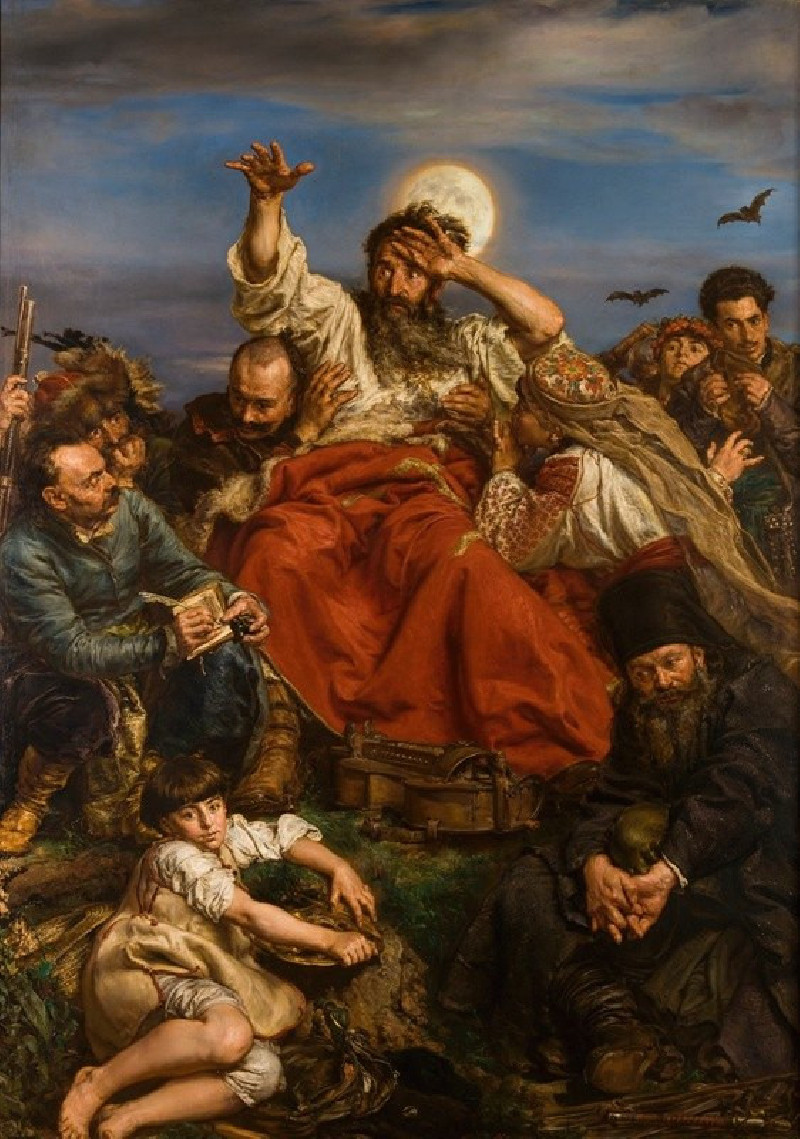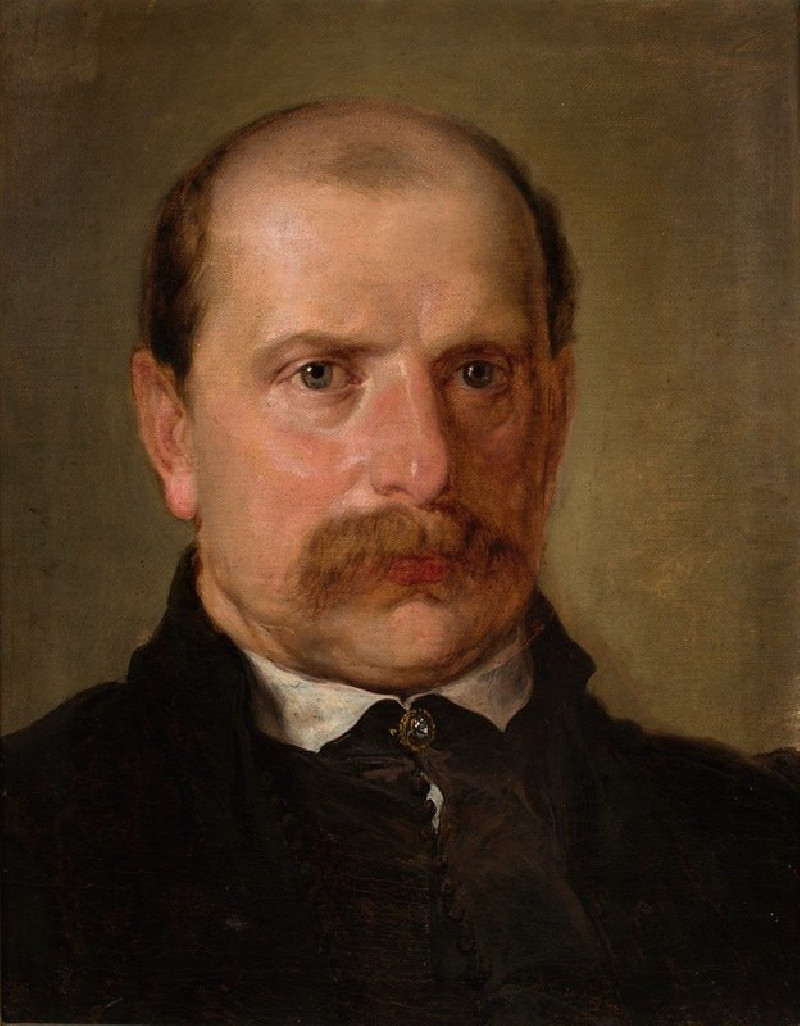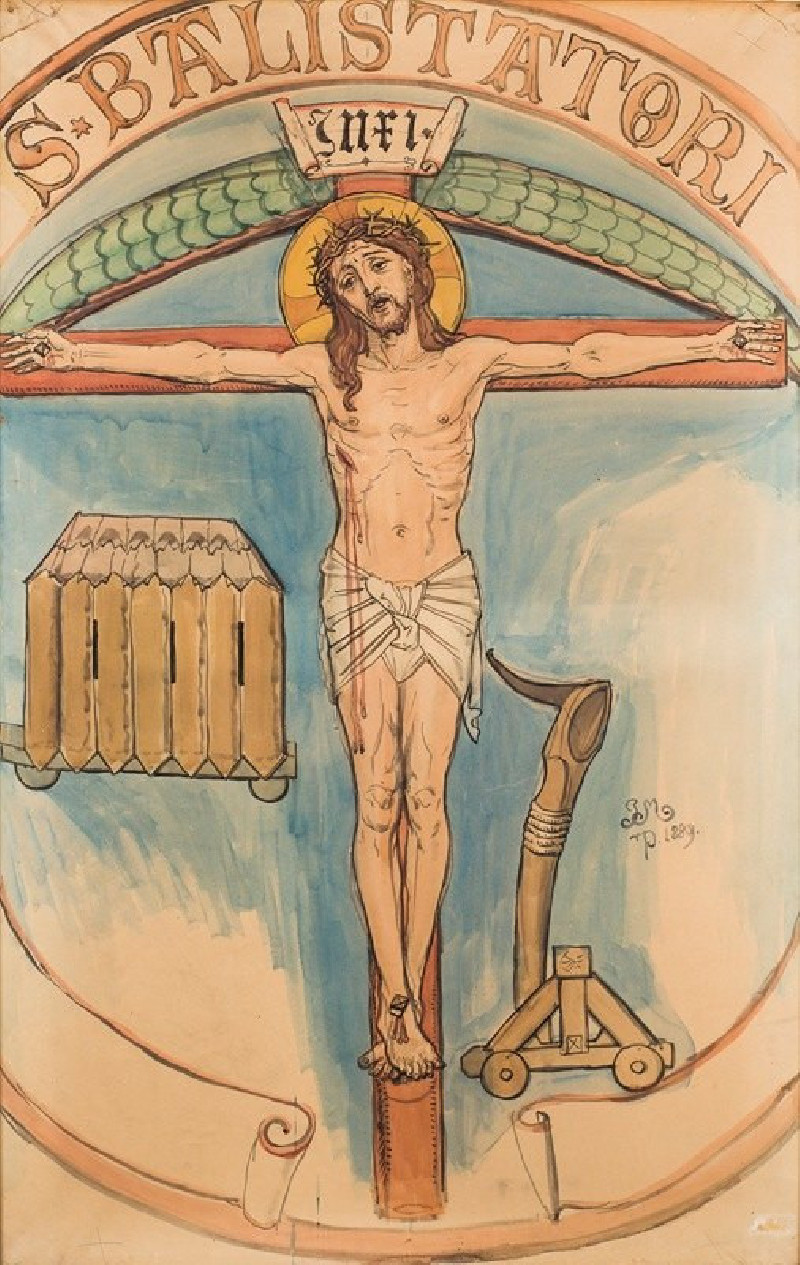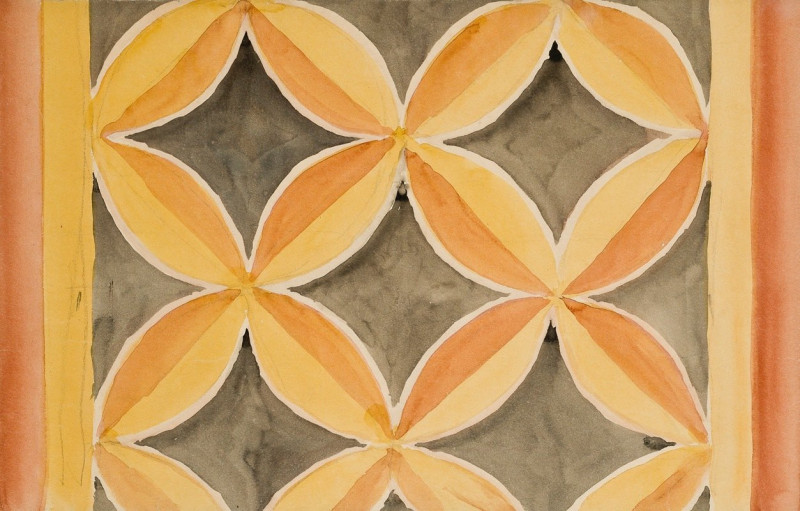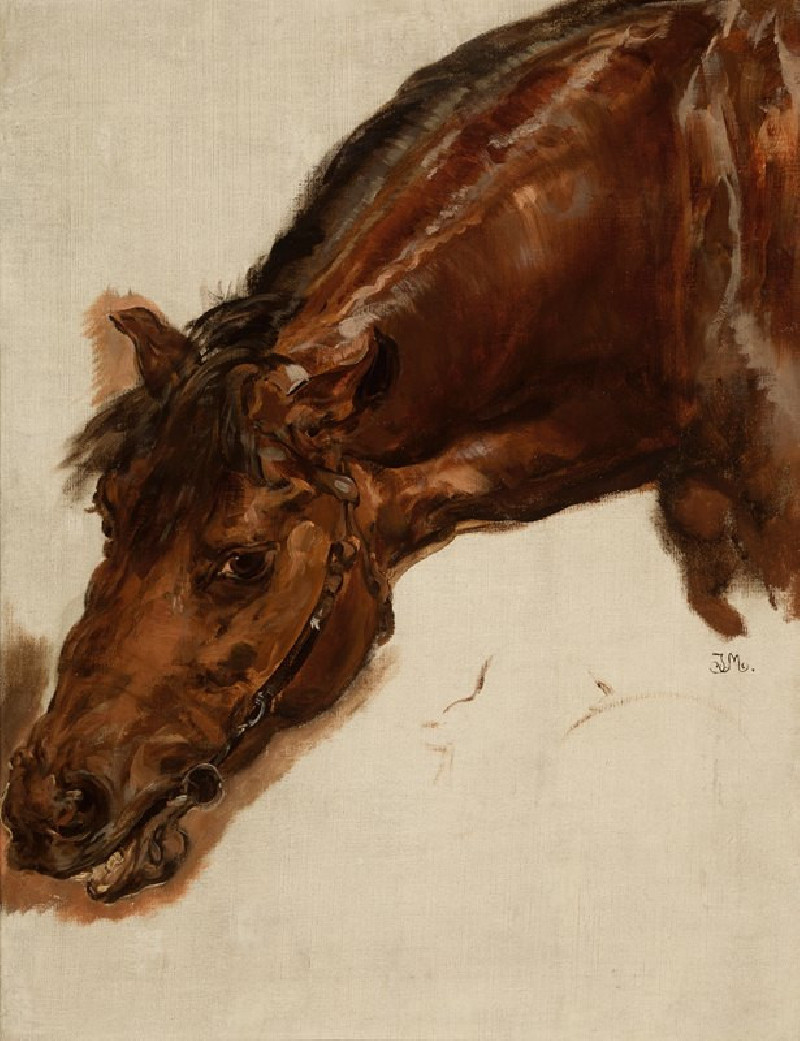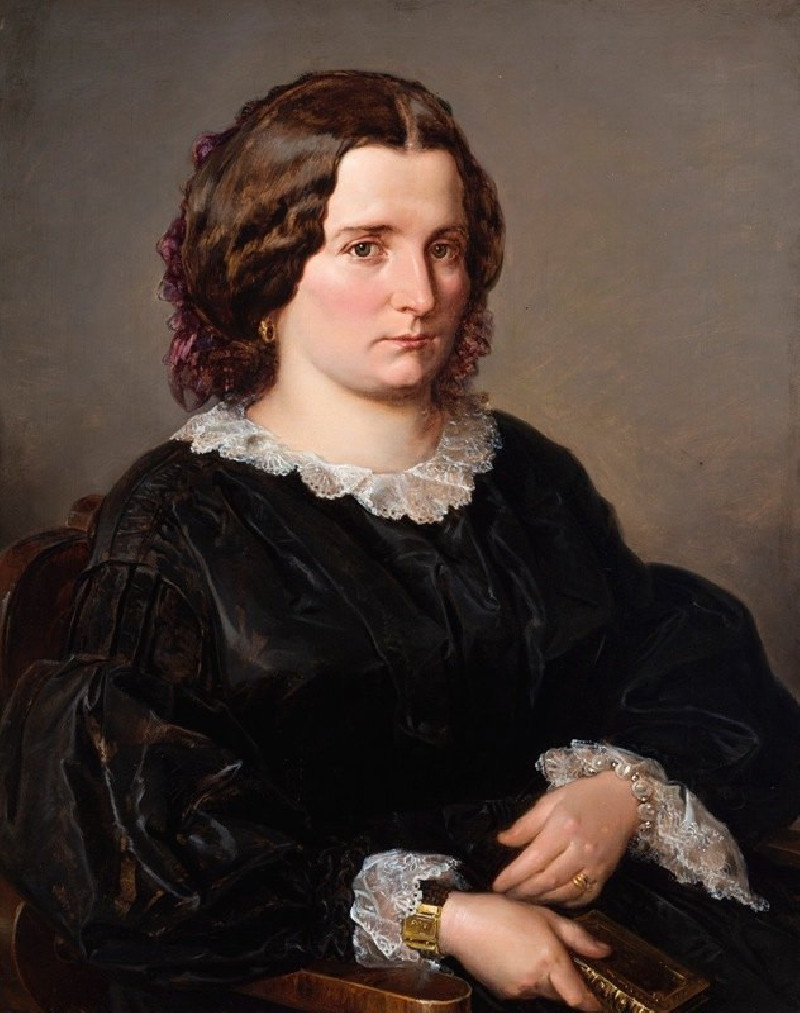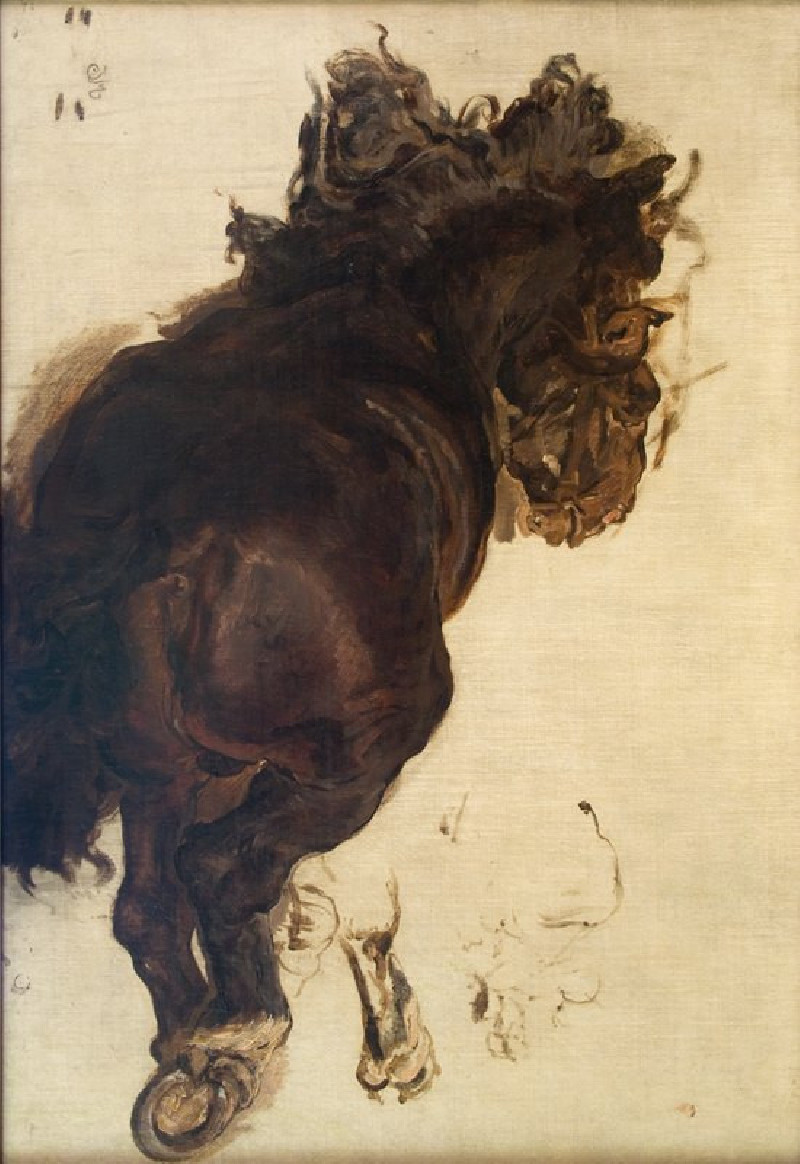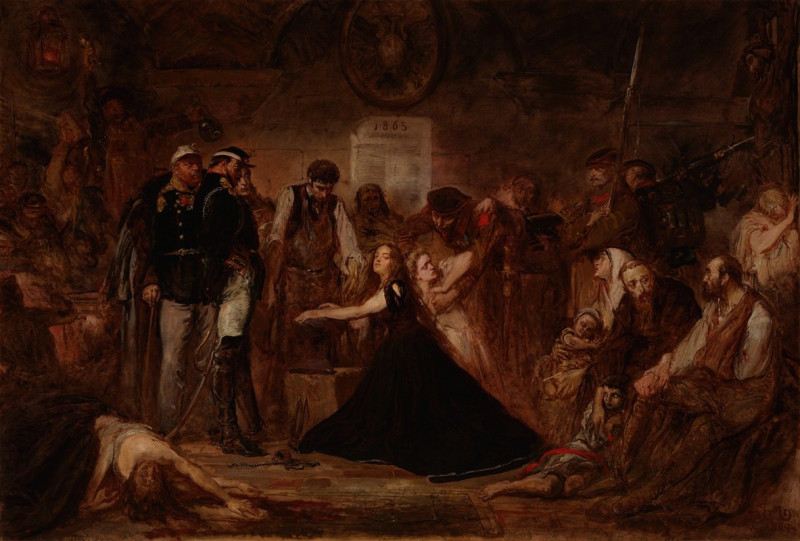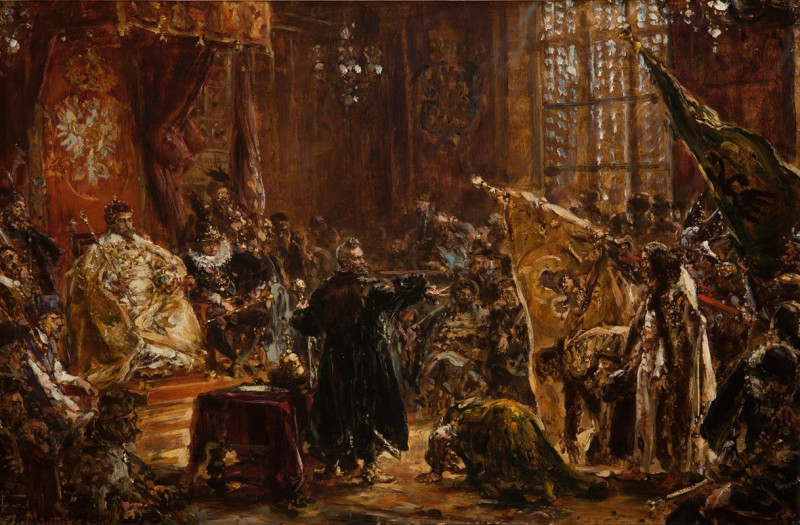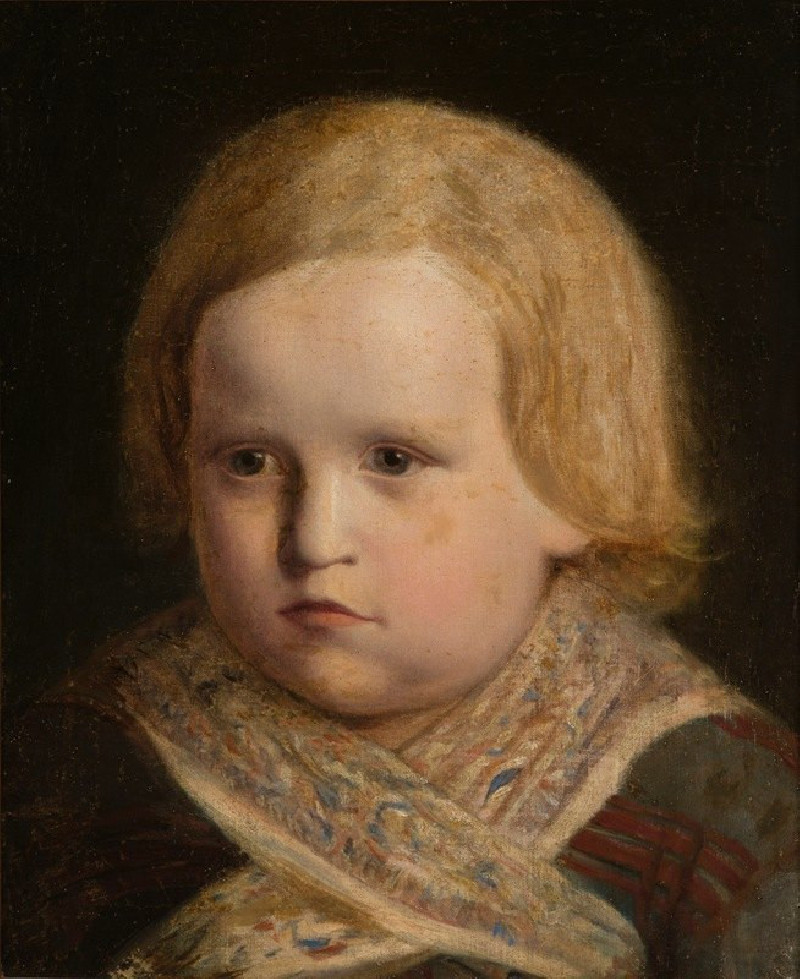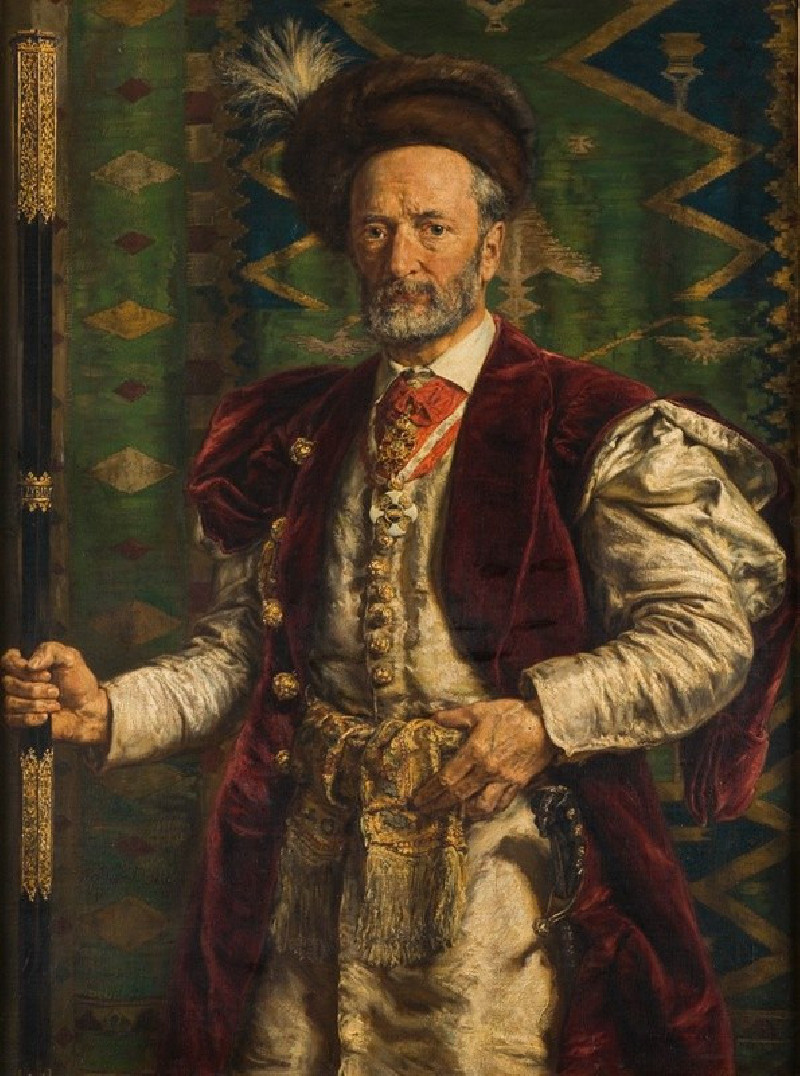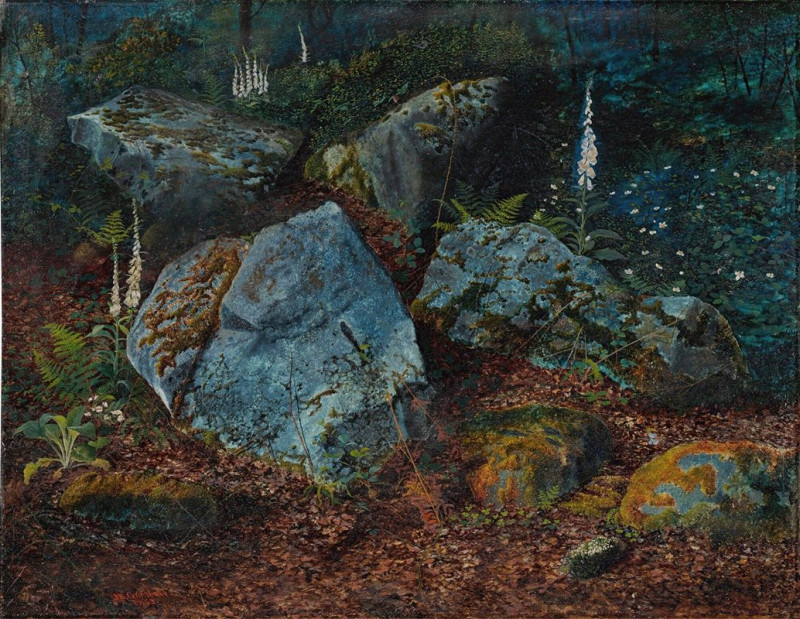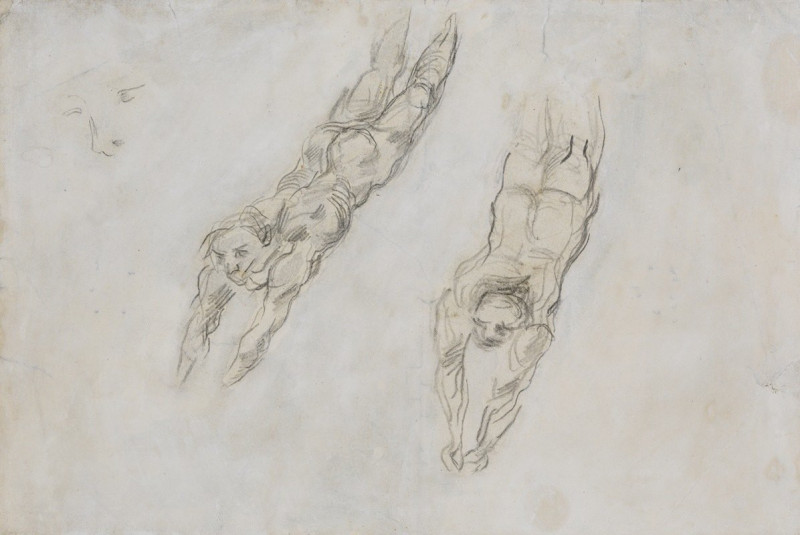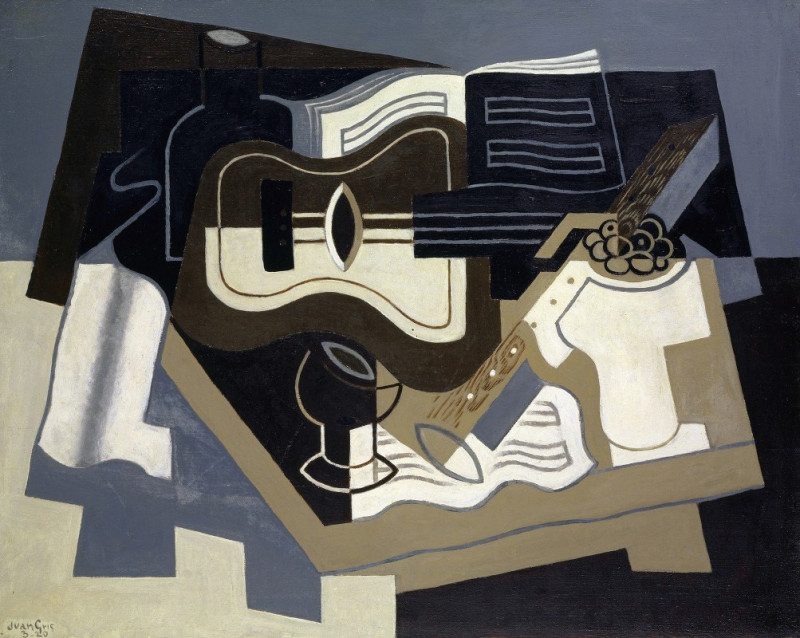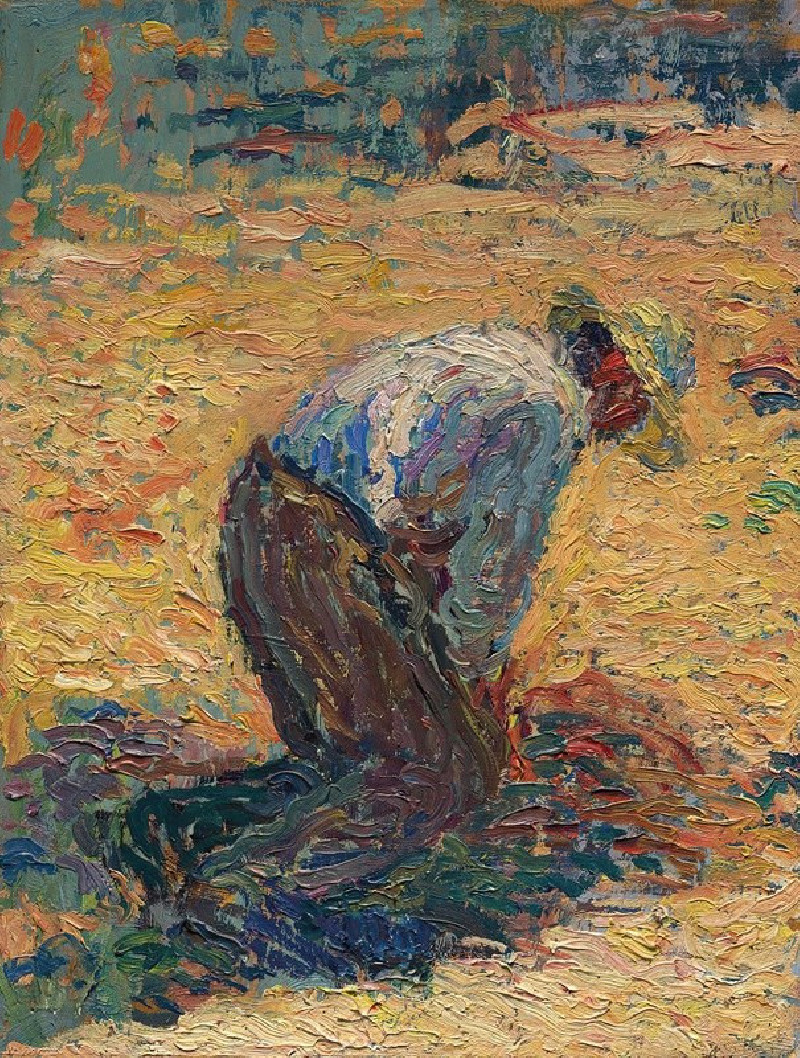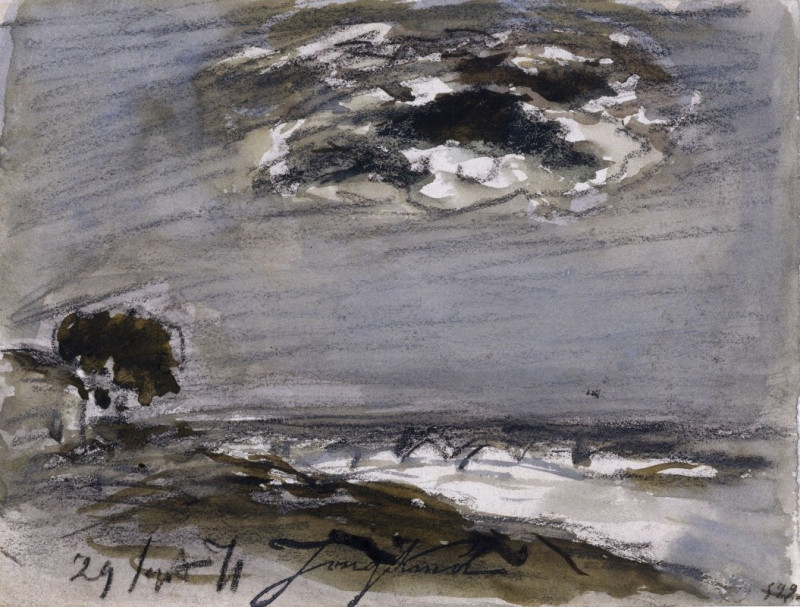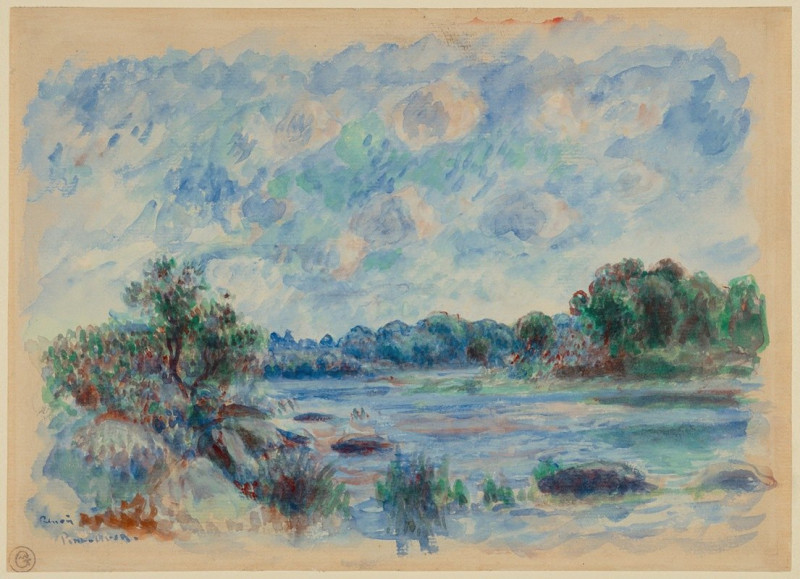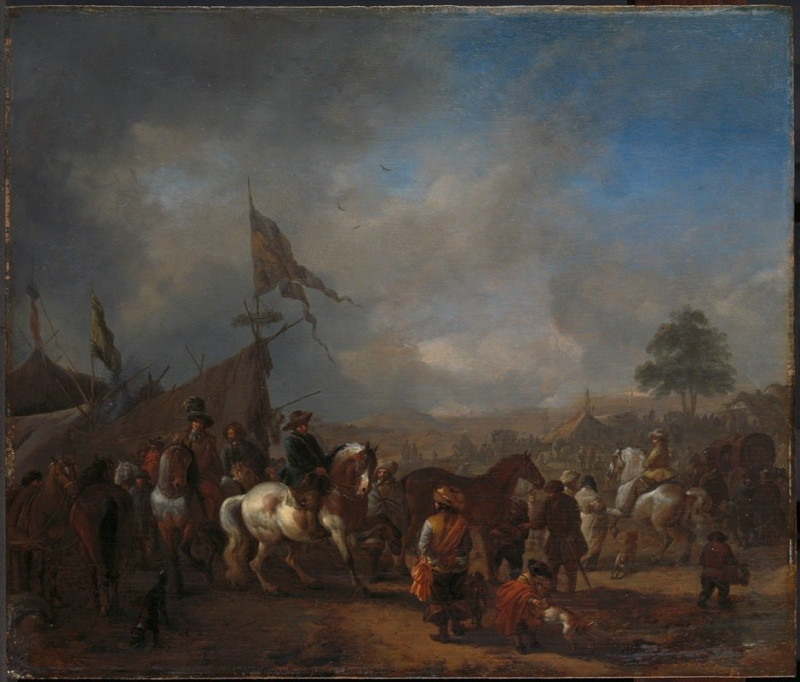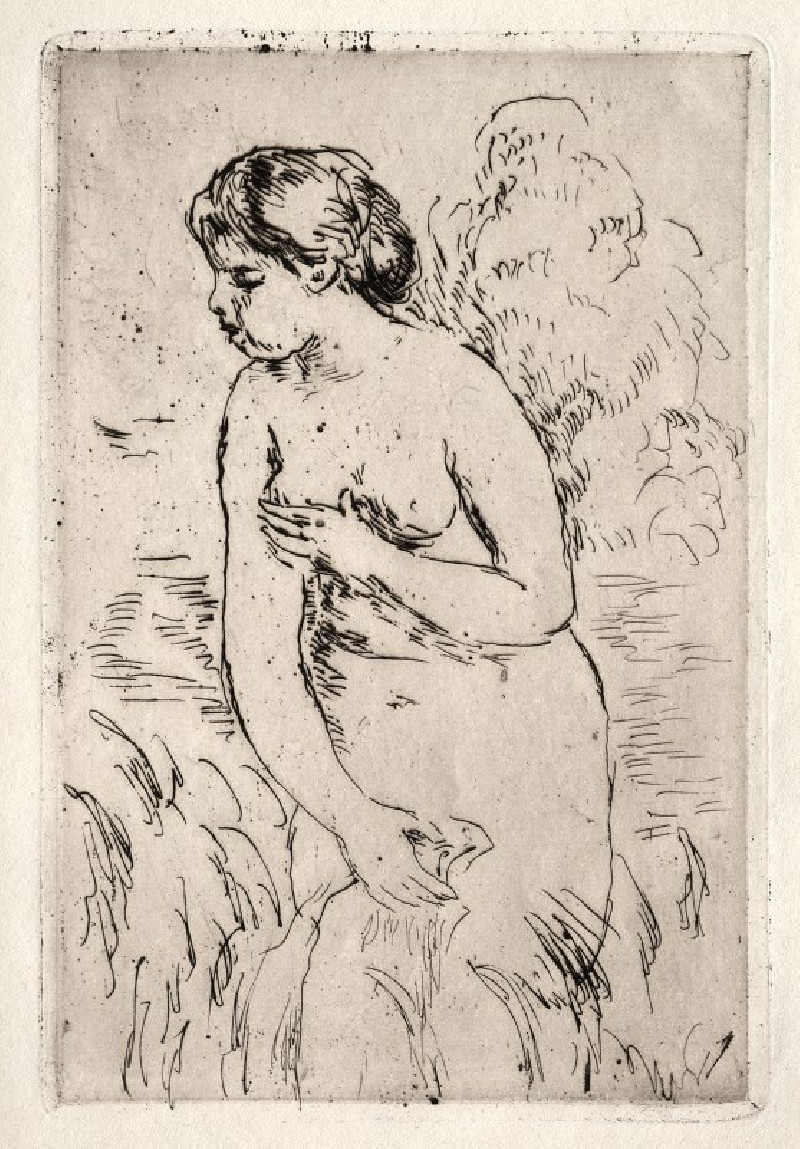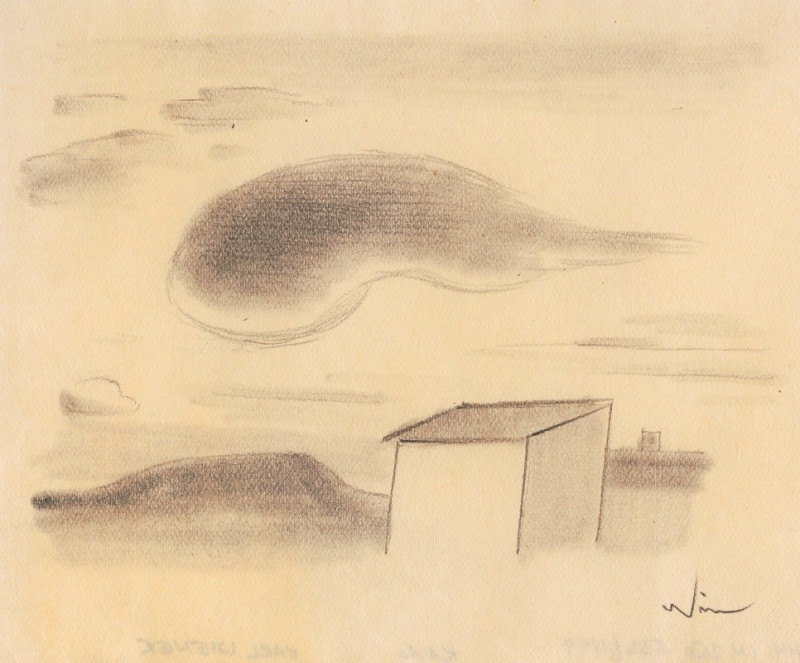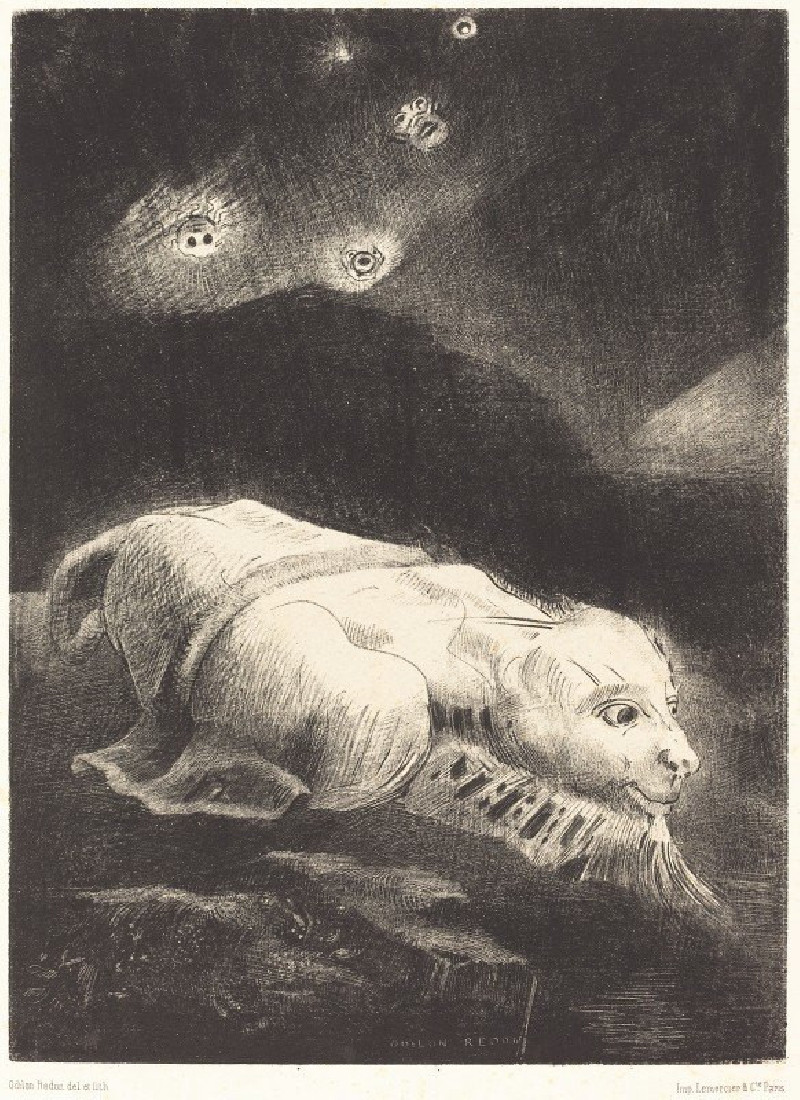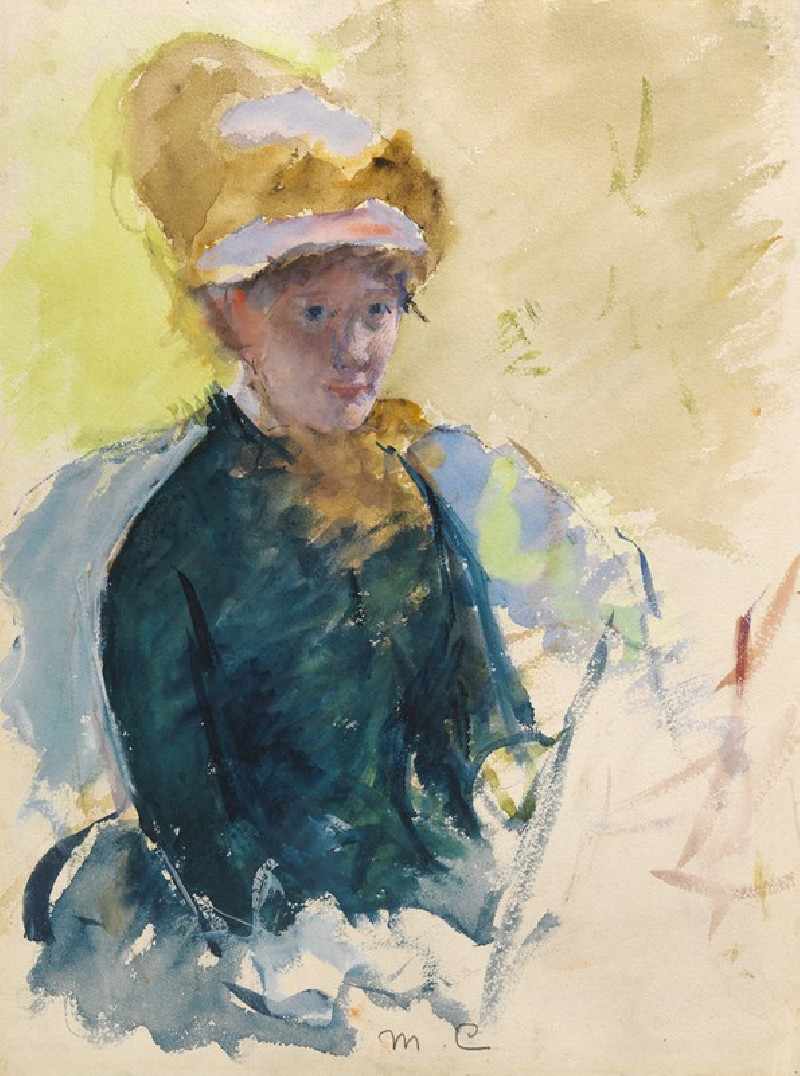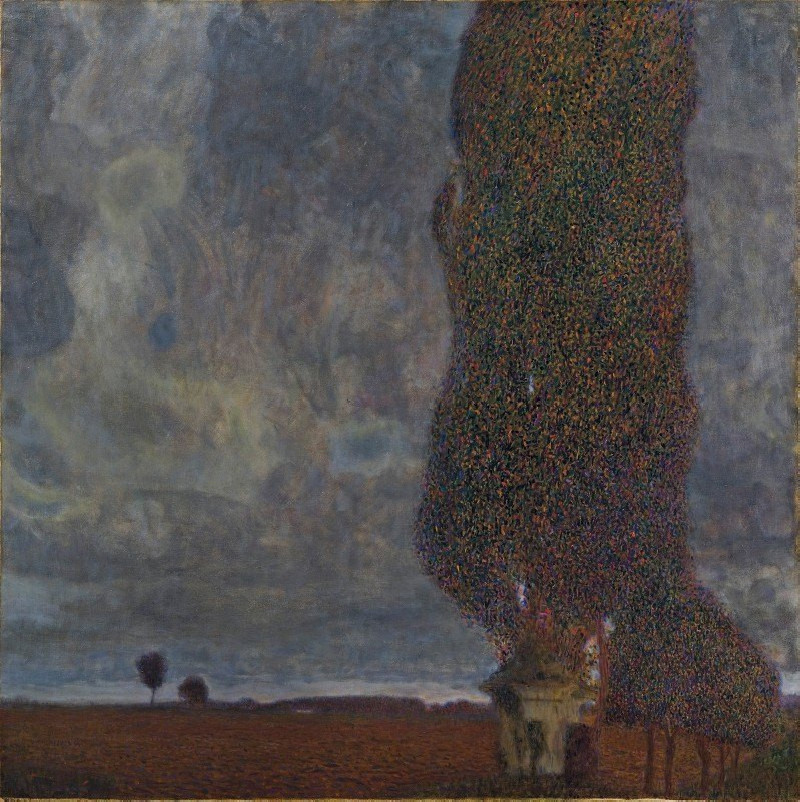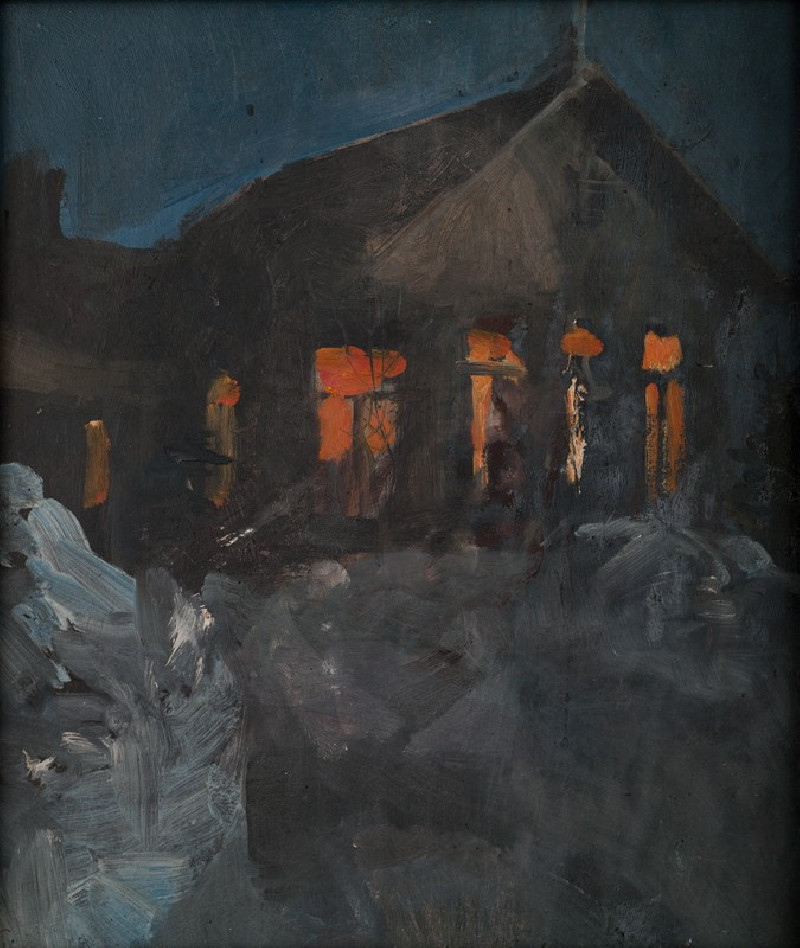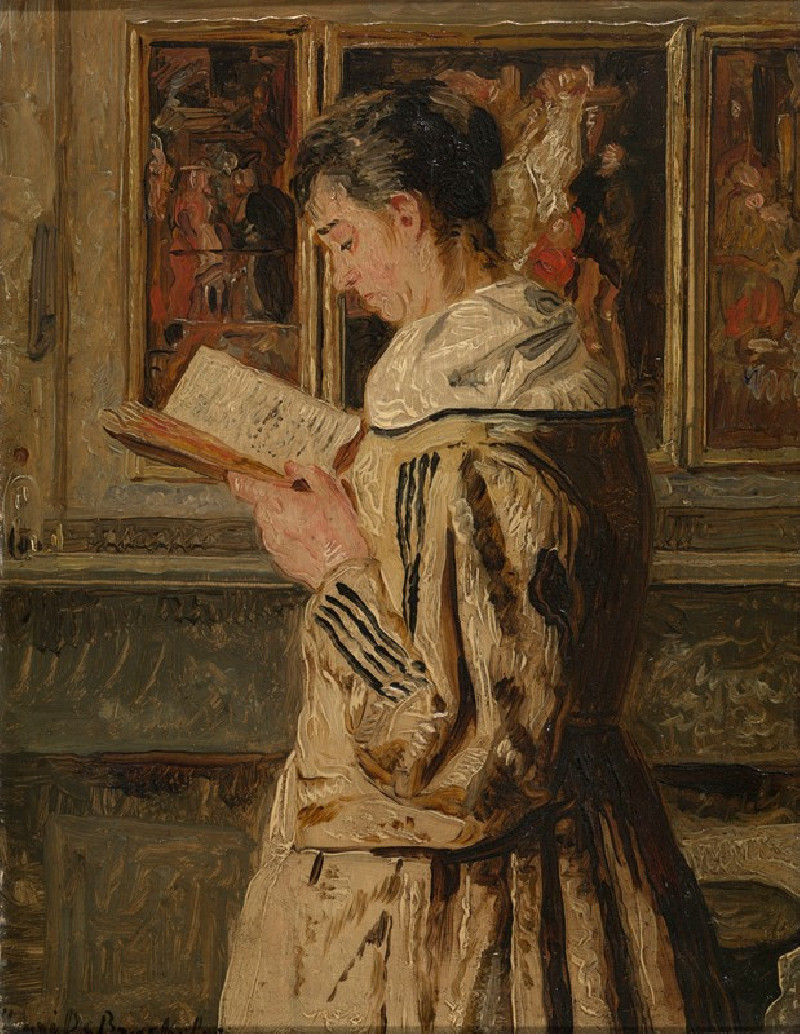Poisoning of Queen Bona (1859)
Technique: Giclée quality print
Recommended by our customers
More about this artwork
Artist:Jan Matejko's 1859 masterpiece, "Poisoning of Queen Bona," is a dramatic representation of a historical event that has captured the imagination of many. This painting portrays the moment when Queen Bona Sforza, a notable figure in the history of Poland and Lithuania, is believed to have been poisoned. Known for her strong will and significant influence in political affairs, Bona's death has long been surrounded by mystery and controversy.In the painting, Matejko masterfully captures the tension and gravity of the scene. Queen Bona is depicted sitting in a regal, throne-like chair, her expression one of shock and betrayal. She is dressed in opulent, royal garments, which contrast starkly with her pale and distressed face. To her right, an old man holds out a glass, which we can infer contains the poison. His expression is grave, suggesting the weight of his action.Adding to the dramatic atmosphere, a younger woman stands to the left of the Queen, her gaze fixed on the fateful glass, reflecting concern or perhaps disbelief. The dimly lit background and the rich, dark colors used throughout the painting enhance the ominous and foreboding mood, leading the viewer's eye directly to the central action - the moment of the Queen’s poisoning."Poisoning of Queen Bona" not only exemplifies Matejko's skill in historical and narrative painting but also serves as a poignant reminder of the intrigue and danger that often accompanied royal life.
Delivery
Returns
Jan Alojzy Matejko was a Polish painter, a leading 19th-century exponent of history painting, known for depicting nodal events from Polish history. His works include large scale oil paintings such as Rejtan (1866), the Union of Lublin (1869), the Astronomer Copernicus, or Conversations with God (1873), or the Battle of Grunwald (1878). He was the author of numerous portraits, a gallery of Polish monarchs in book form, and murals in St. Mary's Basilica, Kraków. He is considered by many as the most celebrated Polish painter, and sometimes as the "national painter" of Poland.



